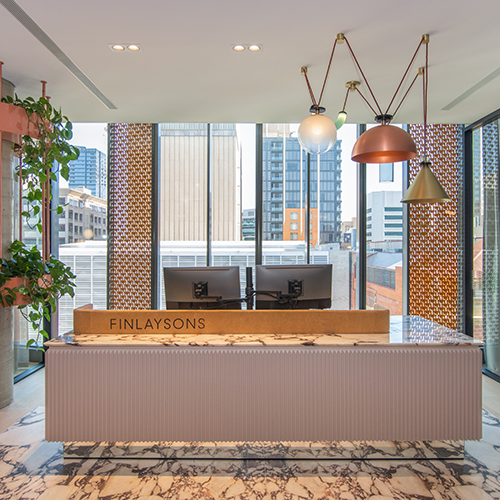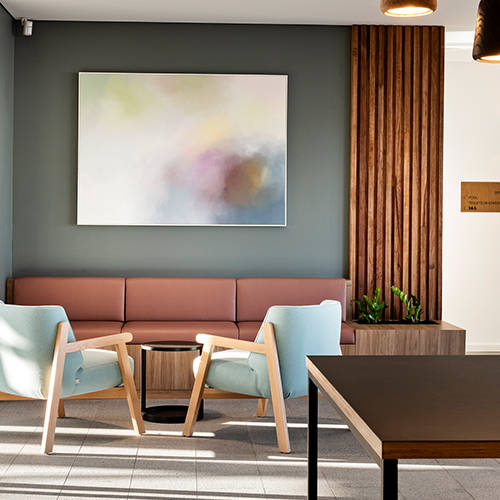With certain employment areas suffering from a well-documented skills shortage, it’s more important than ever to attract and retain good staff. One of the key ways to do this – clearly – is to make your office as appealing a space as possible. But where do you start?
There are numerous examples of companies going to extraordinary lengths to engage employees by making their workplaces feel like homes or even glorified playgrounds. The undisputed master is Google, its Zurich office featuring slides and fireman’s poles to get around, a library, an aquarium and food stations or coffee shops providing sustenance free to all staff (company policy is that no employee should be more than 100m from food at any time).
Unfortunately, not everyone has billions of dollars to spend on this kind of office/theme park hybrid. For most companies, attracting staff must be simpler and more cost-effective.
Effective workplace design can make or break the creation of a flexible and attractive work environment. By committing to agile workspaces, balancing the need for collaboration and privacy, beautifully textured surrounds and considered lighting options, it’s possible to greatly enhance a workplace’s appeal. Better yet, if you can involve your employees in the design of your office, that simple feeling of ownership can be a powerful drawcard.
However, I believe that there are more intangible and subjective issues at stake, such as building aesthetics, prestige and values alignment. Very few businesses benefit from working in low-key, nondescript locations; the only likely motivation for occupying such a space would be cost-driven. Likewise, nobody wants to work somewhere run-down or outdated.
It is preferable to work in a building that is new, interesting, prestigious or an acknowledged landmark. A positive workplace culture is at least partly dependent on employees feeling that their company cares for them and their community, and a prime site is something they can be proud of and happy to share with family, friends and colleagues. This pride in their work and their workplace and alignment of corporate and personal values can then be positively reinforced through the choice of office fit-out.
The issue of building aesthetics is a subjective one, but it’s easy to agree if a building is bland or boring. Prestige is also somewhat subjective, but there are tools in the marketplace that assist prospective tenants by rating buildings against known benchmarks, such as those from building classifiers such as the Property Council of Australia or from the various Green Building Councils worldwide.
Particularly relevant is the Property Council of Australia’s classification of office-building quality, which categorises them into four classes – A, B, C and D – in descending order of quality and service provision.
The decision by business owners and managers to occupy A-class buildings sends a message around brand, image and quality, and communicates a values-based message to its employees regarding their significance. That is not to say that business performance cannot thrive in office buildings of a lower class, but being situated in a lesser building does mean that other contributing factors or attractors will need to be particularly effective in driving the outcomes sought by business owners.
Green building-rating tools are similarly important: it is possible that a green-rated fit-out within a B or even C class building could provide many of the benefits a business requires to boost performance. But from the perspective of workplace pride, values alignment and the ability to attract and retain team members, the significance of occupying a green building could also go some way towards creating a high-performing workplace culture.
The hope for businesses, therefore, is that an employee’s pride in their workplace can be reflected both in the passion for their work and their employer. The way your office presents itself to the market can reflect who you are, what you do and how you approach the needs of your customers. But perhaps most importantly, it can also reflect the quality of your offering and how you treat your own staff. Given that competition for talent in the marketplace is particularly fierce, you would be well placed to ensure that your office is an attractor for that talent and not a barrier to entry.






